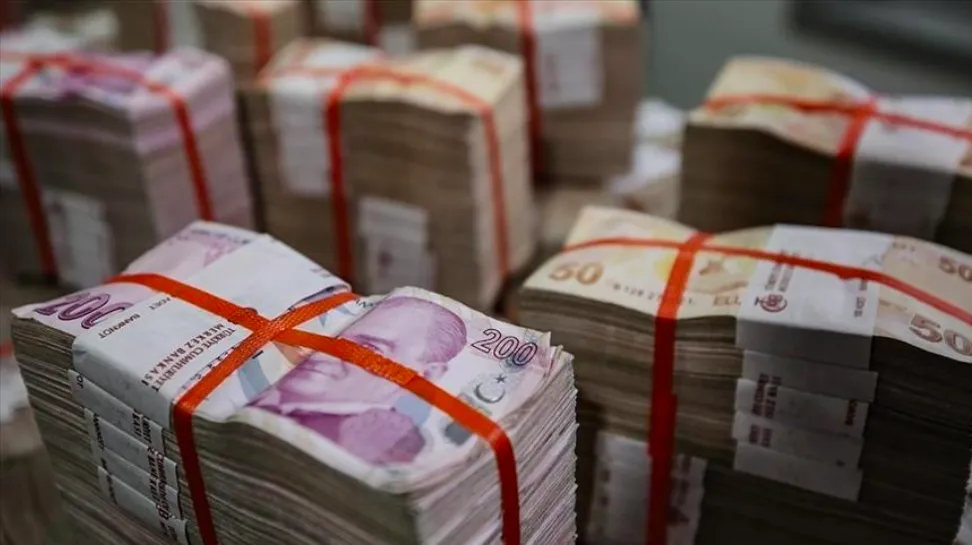On Thursday, the dollar opened at ₺32.28 and traded between ₺32.00 and ₺32.15 at exchange offices. Foreign capital inflows and a shift away from foreign currencies in the country have led the Central Bank of the Republic of Turkey’s (CBRT) net reserves, excluding swaps, to remain just below the minus $2 billion level.
The tightening of monetary policy and the sharp increase in CBRT reserves after the local elections have been noteworthy. Current calculations have shown that net reserves excluding swaps have recovered to below minus $2 billion.
Two months ago, the Treasury’s reserves, including foreign currency holdings, were close to minus $70 billion. Net reserves are expected to turn positive within the next few days.
Since April 1, about $16 billion in “carry trade” funds have flowed into the market, attracted by the Turkish lira’s high yields.
Part of the recovery is also due to rising gold prices.
Will the swap channel be reopened?
Foreign capital inflows have dominated recently, with concerns over their short-term nature and the need for more sustainable, long-term investments being frequently discussed in the market. Attention is currently focused on swap channels used by foreign investors to hedge their investments in the Turkish lira.
“It is advisable to reopen these channels gradually as a sudden reopening could increase exchange rate volatility,” said Tufan Deliner, founding partner at Istanbul Portfolio.
Dollar rate on May 30
Foreign capital inflows and strong interest in the Turkish lira continue to influence the price of the local currency. On May 30, the dollar started the day at ₺32.28, with exchange offices trading between ₺32.00 and ₺32.15.
The euro was trading at ₺31.70 in the morning.
The majority of the increase in CBRT reserves is due to withdrawals from foreign exchange deposit accounts and currency protection deposit accounts, which have been converted into Turkish lira.
Short-term foreign capital dominates
Delinar points out that currently, 60 to 70 percent of foreign capital inflows into the country are short-term.
“This fund typically remains involved in the day-to-day interest rate markets, which indicates a propensity for rapid withdrawal,” he said.
“There is an urgent need to redirect this capital towards long-term investments. Achieving this goal will require containing inflation and persistently pursuing structural reforms. As normalization progresses, re-opening swap channels may become an option,” he concluded.
Source: Newsroom


